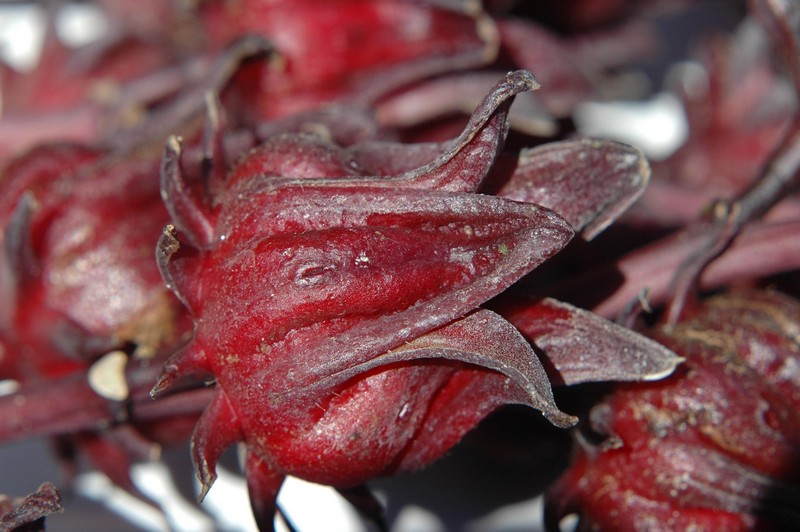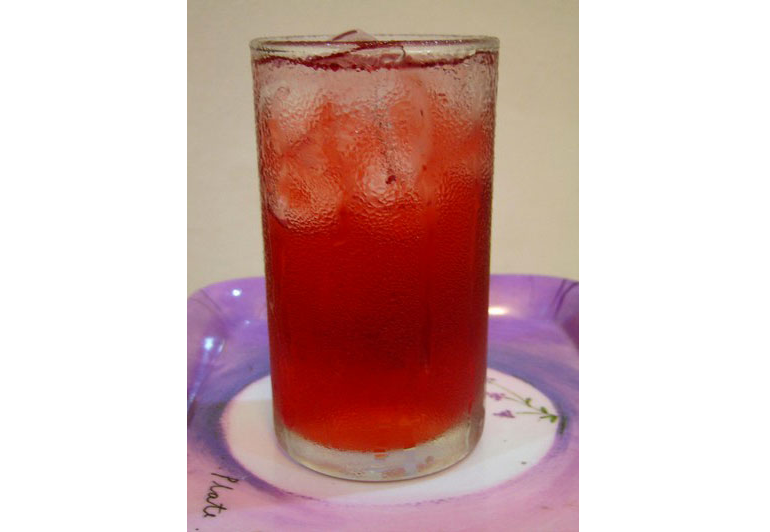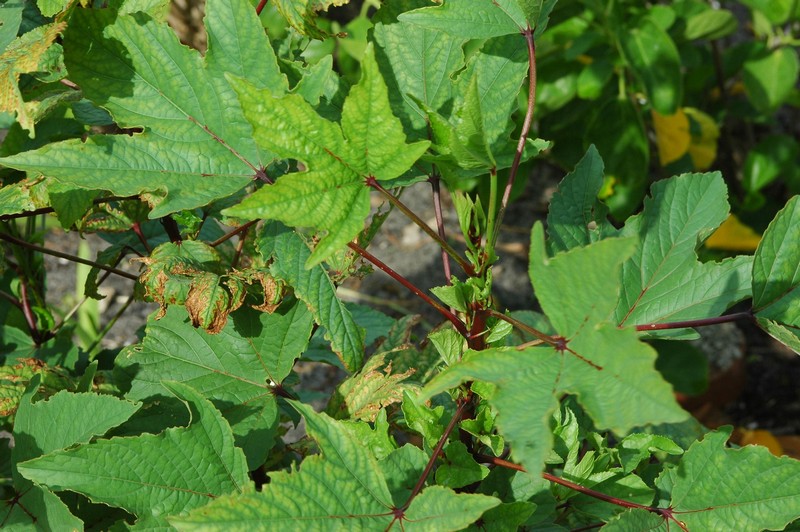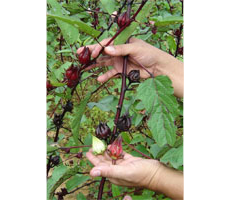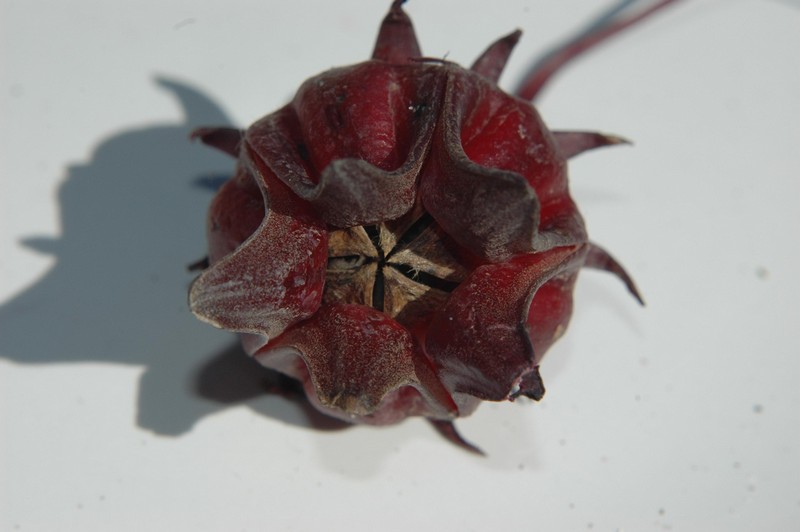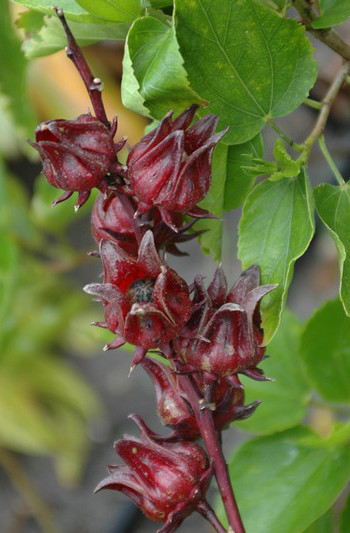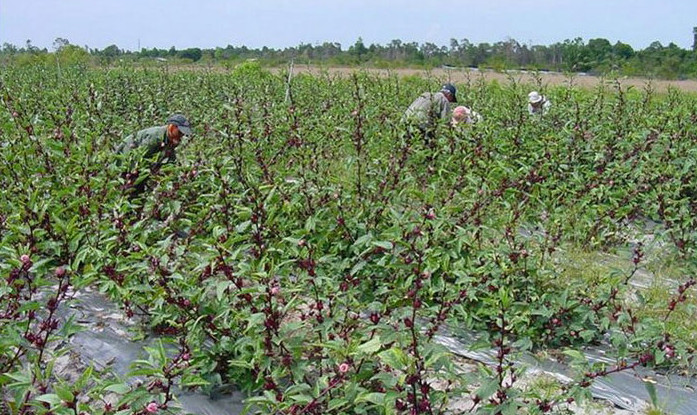Free Radical Scavenger
We now know that the free radicals floating around our bodies cause heart disease, cancer, arthritis and aging in general. Five separate studies found that Protocatechuic acid(PCA) a polyphenol found in Sorrel to be a powerful free radical scavenger. In fact, more powerful a free radical neutralizer than Vitamin E. (2) Not merely a theoretic free radical scavenger, it was shown to prevent free radicals from damaging the body. (1,2)
Anti-inflammatory
Free radicals are associated with inflammatory conditions like eczema and rheumatoid arthritis. PCA has been shown to neutralize these free radicals and thereby act as an anti-inflammatory in chronic inflammatory conditions. (1,2)
Anti-Cancer
Sorrel has been shown to have a multifaceted anti-cancer activity. Firstly, free radicals have been implicated in the conversion of normal cells into cancer cells. (1,2) Research has shown sorrel inhibits free radicals from converting normal cells into cancer cells. In another study, sorrel was shown to inhibit mutation of colon cells into cancerous cells in rats. Colon cells, exposed to cancer causing chemicals, did not become cancerous when pretreated with sorrel. In fact, it reduced mutagenicity by 60-90%. (10) Other researchers found that skin cancer causing chemicals did not cause skin cancer when test animals were first bathed in sorrel tea! Again, the conclusion was that sorrel inhibited the transformation of normal cells into cancer cells. (13)
Even more importantly, sorrel was found to encourage apotheosis, the programmed cell death of human cells that have become cancerous! (8)
Heart Health
Free radicals oxidize low density lipoproteins(bad cholesterols) which in turn results in atherosclerosis. Atherosclerosis is the leading cause of heart disease. PCA has been found to neutralize free radicals before they have a chance to oxidize LDL’s. (2)
To make matters better, sorrel tea was found to reduce blood pressure in rats. Researchers concluded it did so through acetylcholine and histamine like mechanisms as well as through direct blood vessel relaxing activity. (11) At the University of Medical Sciences and Health Services in Tehran, researchers found the same was true in human patients. 54 patients with essential hypertension experienced a reduction of both systolic(11.2%) and diastolic(10.7%) blood pressure as compared with a control while being treated with sorrel tea. ( 12)
Lastly, sorrel reduced bad cholesterol levels of test animals fed high cholesterol diets. (19) Could it get any better? Yes. It was shown to have an inhibitory effect against many heart and blood vessel damaging enzymes(angiotensin converting enzyme, elastase, trypsin, and alpha-chemotrypsin.) (20)
Weight Loss
Medical thinkers have come out and said products like sorrel are a realistic aid in weight loss regimes! First and foremost, it is devoid of toxicity and risks to health. Secondly, it may help people loose weight. (3) How you ask? Sorrel contains an acid which blocks the digestion and absorption of starch, a major source of calories and weight gain. ( 4) Specifically, it contains an alpha-amylase inhibitor. (7)
Liver Damage
If you have ever drunk Rum Punch in Jamaica, you have drunk sorrel. Sorrel and ginger are key ingredients in this holiday beverage. Once again, folk medicine to the rescue. Sorrel’s famous red color is due to compounds known as Hibiscus anthocyanins. These compounds have been established to prevent liver damage in animals. Lab animals, treated with liver destroying chemicals, did not develop liver damage when pre-treated with sorrel. (9) Jamaicans say that by drinking sorrel with your rum you can avoid hangovers!
Cough and cold cure
A traditional African treatment for flu, researchers have found there is something to this use. Three polysacharides found in sorrel tea were established to boost immune activity. (18) On top of stimulating immune function, it has been proven to reduce the fevers associated with infections. (17)
How often do you discover that you have been “accidentally” doing something healthy? In my life time that would be never. Its always the other way around! So, imagine my excitement at discovering sorrel, my beverage of choice, is as healthy as it is pleasant to drink! Having finished my little research project, I just want to tell everybody about sorrel. Again, how often do you come across something that is fun and healthy?
Earth shattering new: herbal remedy pleasant to the taste! Sorrel is a health beverage you and your fussiest friend will enjoy. Having "prescribed" the remedy to hundreds of "patients" dining at my table, I know this for a fact. Sorrel is a total crowd pleaser. Serve it up at a dinner party and you will hear nothing but praise. Especially if you add a touch of rum. Looking for something sweet and brightly colored to give the kids? Look no further. Sorrel is as good for the kid as it is for the mommy.
The traditional way of using sorrel is perhaps the best way. Add one cup of dried sorrel blossoms to 6 cups of water. Boil the mixture for 15 minutes, add turbinado sugar to taste, strain, and refrigerate. Then pour yourself a cup of one of the healthiest, tastiest beverages ever known. Alternatively, drink regular cups of red zinger tea which is available at most grocery stores.

